I have a love/hate relationship with slide film. The colours are second to none and the contrast is uniquely crisp. However, the costs associated with shooting slide film seem to be increasing day to day and finding a lab that can develop it is as rare as hen’s teeth. But, to get the results I was looking for in this project, it was necessary.
Long exposure photography is a technique that often practised with digital cameras but is rarely done with film. As the results are not displayed on the back of the camera (and film is expensive) I guess people just don’t want to take the risk.
The camera I was using was the Olympus OM-1. It is a fairly inexpensive consumer grade camera with a basic metering system. The inbuilt range of shutter speeds isn’t amazing, but it will handle exposure length’s up to 1 second. However, with a shutter release cable and a light meter app you have the ability to keep the shutter open indefinitely.
The film I chose was Fuji Velvia 50. Its grain is almost invisible, but you need a lot of light to shoot it handheld. As with all slide film, there’s a lot less dynamic range (than colour negative) so you need to be on point with your exposures or you can very quickly lose all the details in the highlights (or shadows).
With a roll of film, a tripod and my camera I headed to a local park here in London where I knew trains would pass regularly. This would allow me plenty of time to set up and prepare for the oncoming trains. Further, as I was pretty new to this, if I made a mistake, there would be another train coming past in the next 10-15 minutes. It was a patience game.
As if it wasn’t already complicated enough, there was one last datapoint to add to the calculation, reciprocity. Reciprocity is a phenomenon in film photography where in which the film becomes less sensitive the longer it is exposed to light.
This has no discernible effect at short shutter speeds. The shutter speed readings from the meter are more or less accurate. However, once you get to shutter speeds of 2 seconds, you need to add a further half a second to achieve correct exposure. At 8 seconds you need to add 2 seconds, and, at 32 seconds you need to double the exposure time.
Each film is different in terms of how the sensitivity degrades over the exposure time. So, make sure to do a little googling before heading out to have an idea of how many seconds you’ll need to add.
I began with exact calculations with stopwatches, but in the end, I got as close as possible roughly, then just clicked the shutter and counted in my head. Hey, film photography is art, right?
So what follows are my favourite 5 frames from the roll. Not all of them were long exposures, and I found that the medium length shutter speeds actually yielded better results. Let me know what you think in the comments below, or if you have any questions and I am happy to help you out.
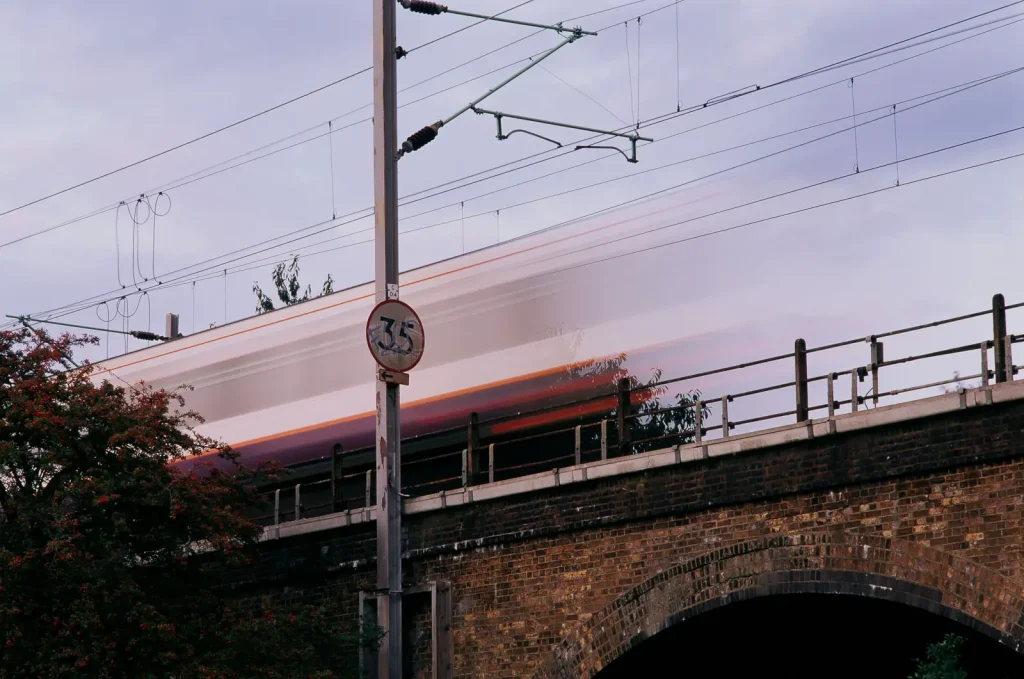
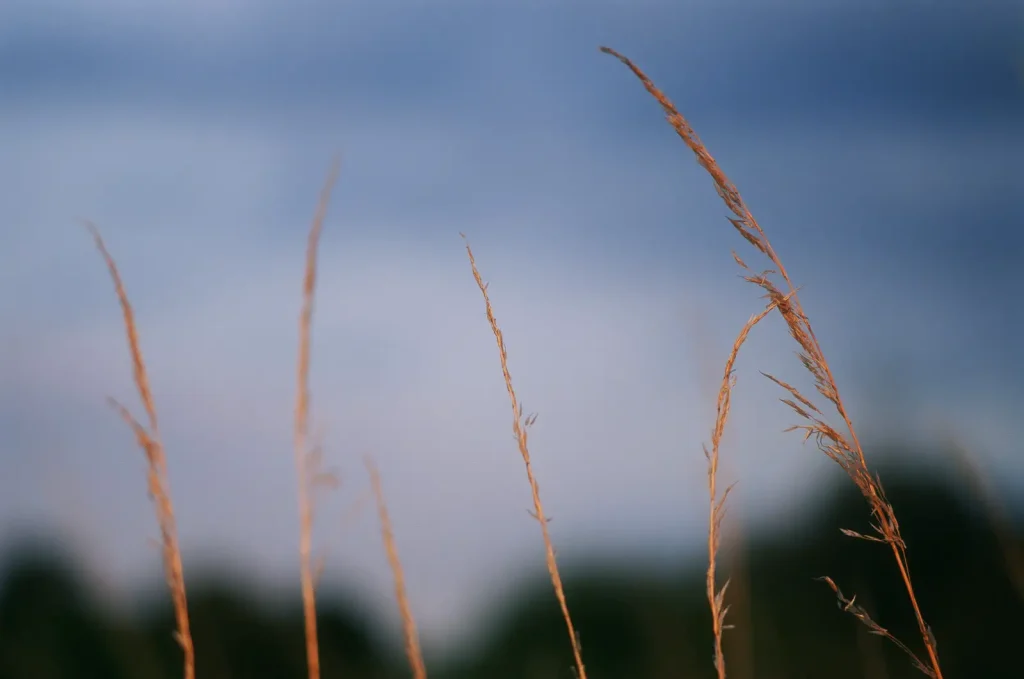
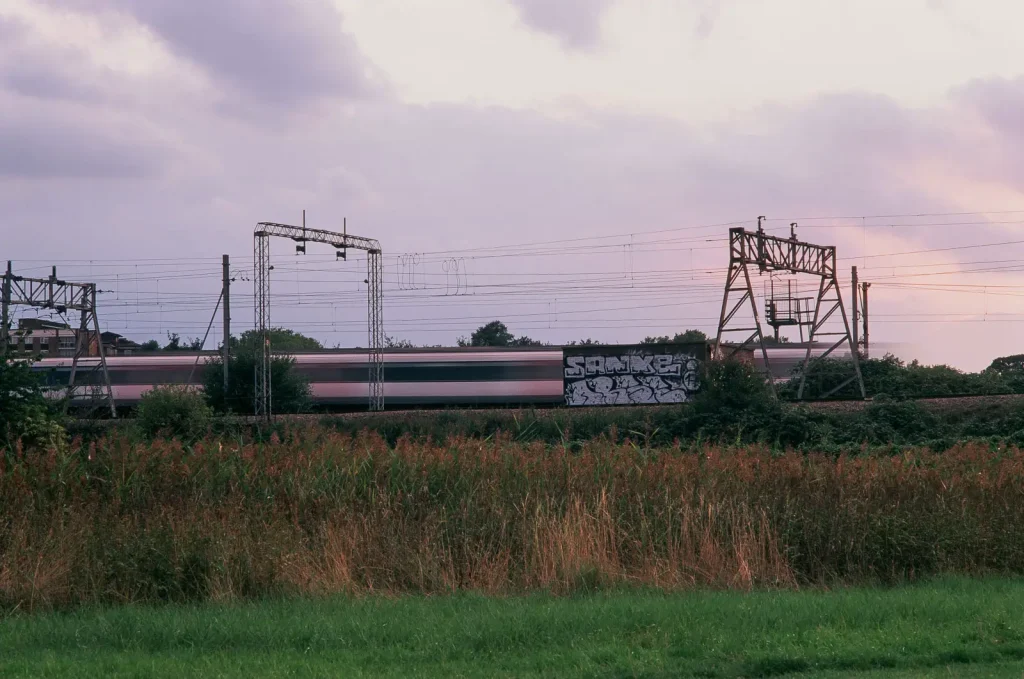
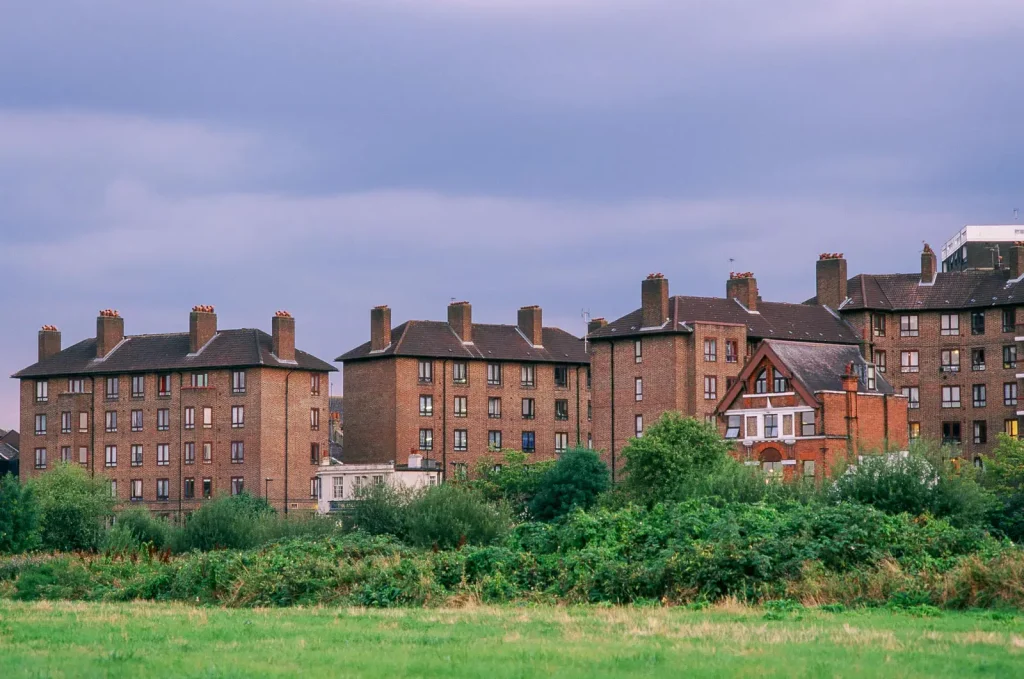
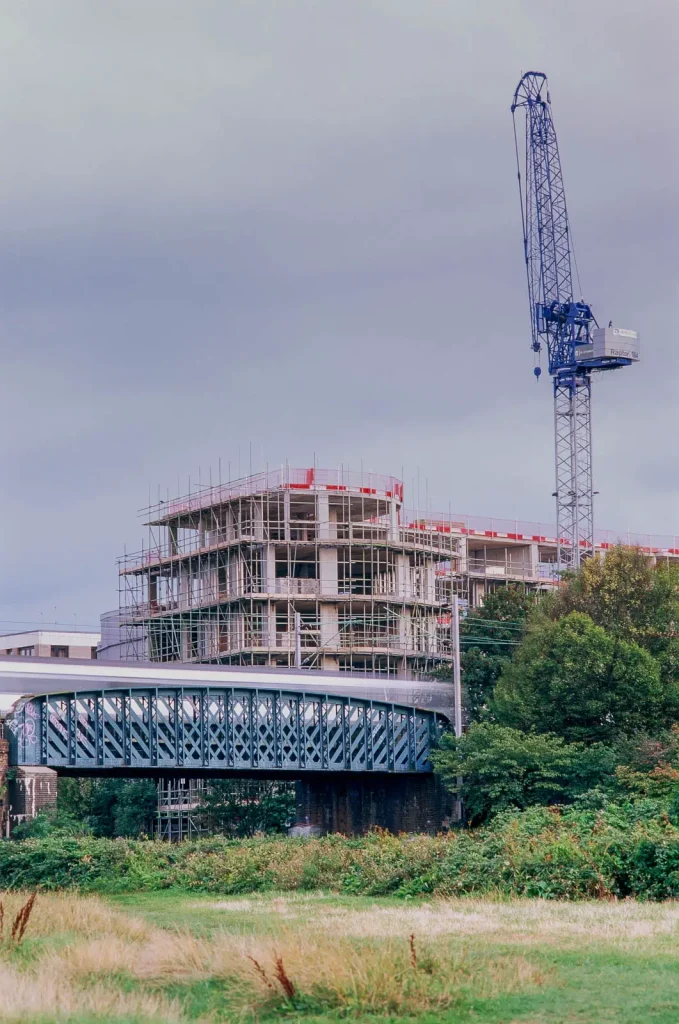
This roll of Fuji Velvia was shot as part of a review of 12 of the best 35mm film stocks available today. I ordered over £250 of film and slowly worked my way through each one shooting and selecting a gallery for each. It was a long but ultimately rewarding project, check it out if you think that may interest you.
Thanks for reading,
Ben Kepka
Cultured Kiwi
@benkepka (Instagram)
Share this post:
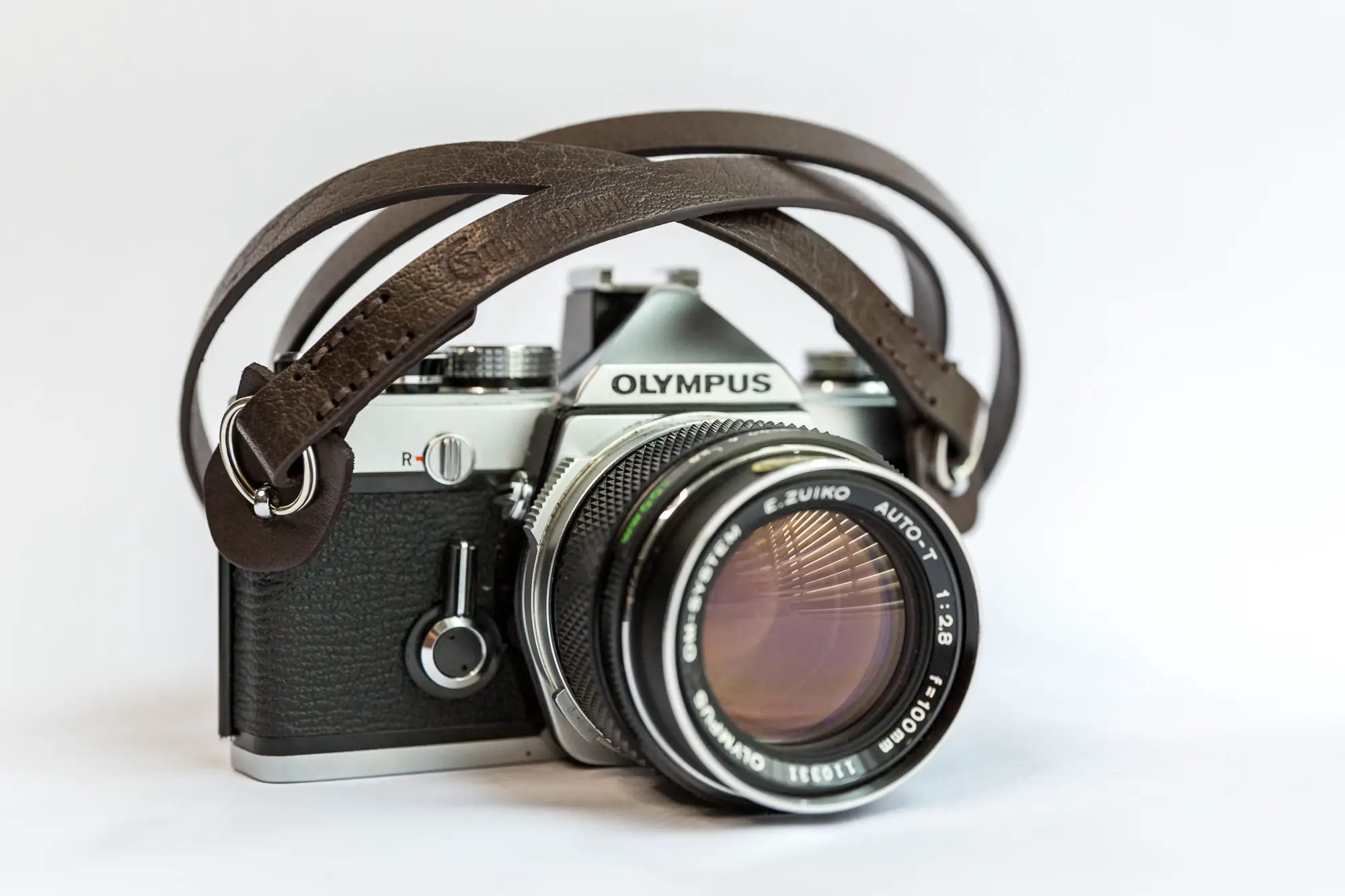
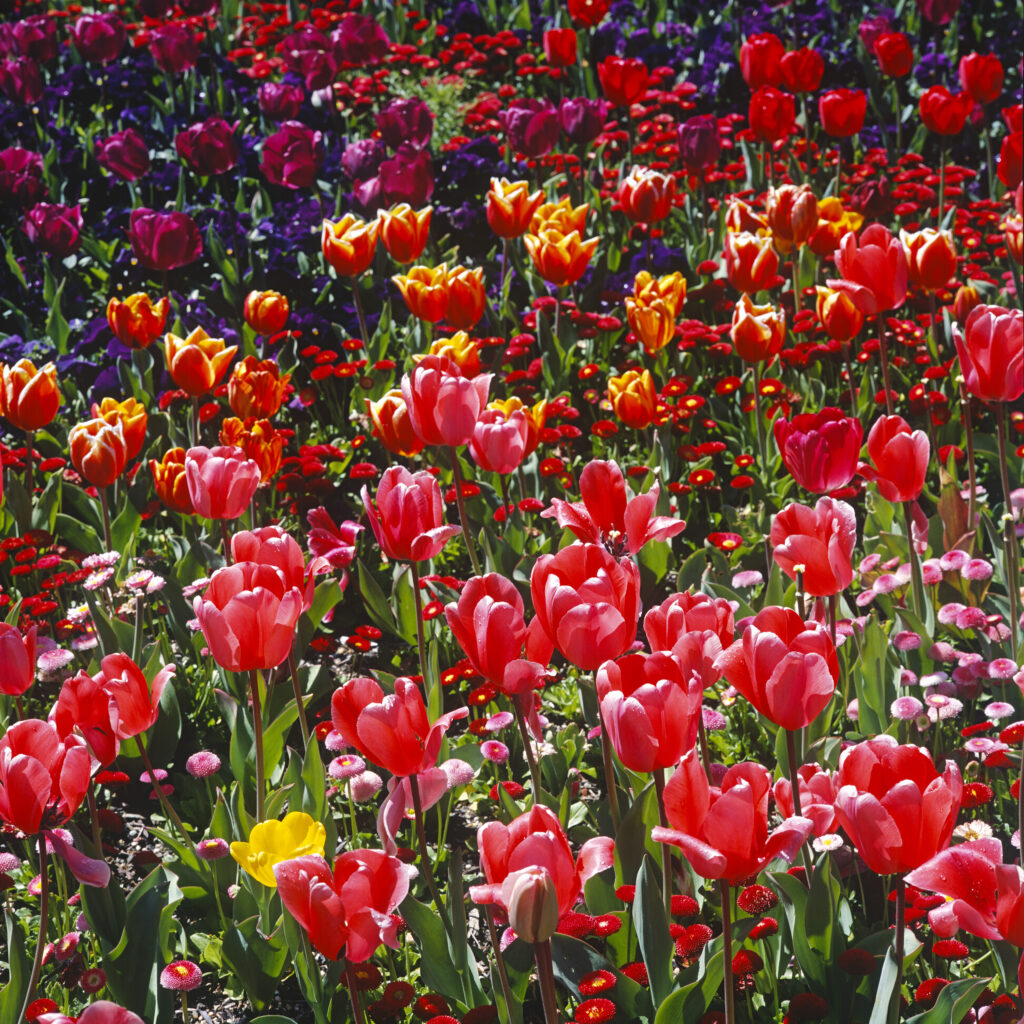
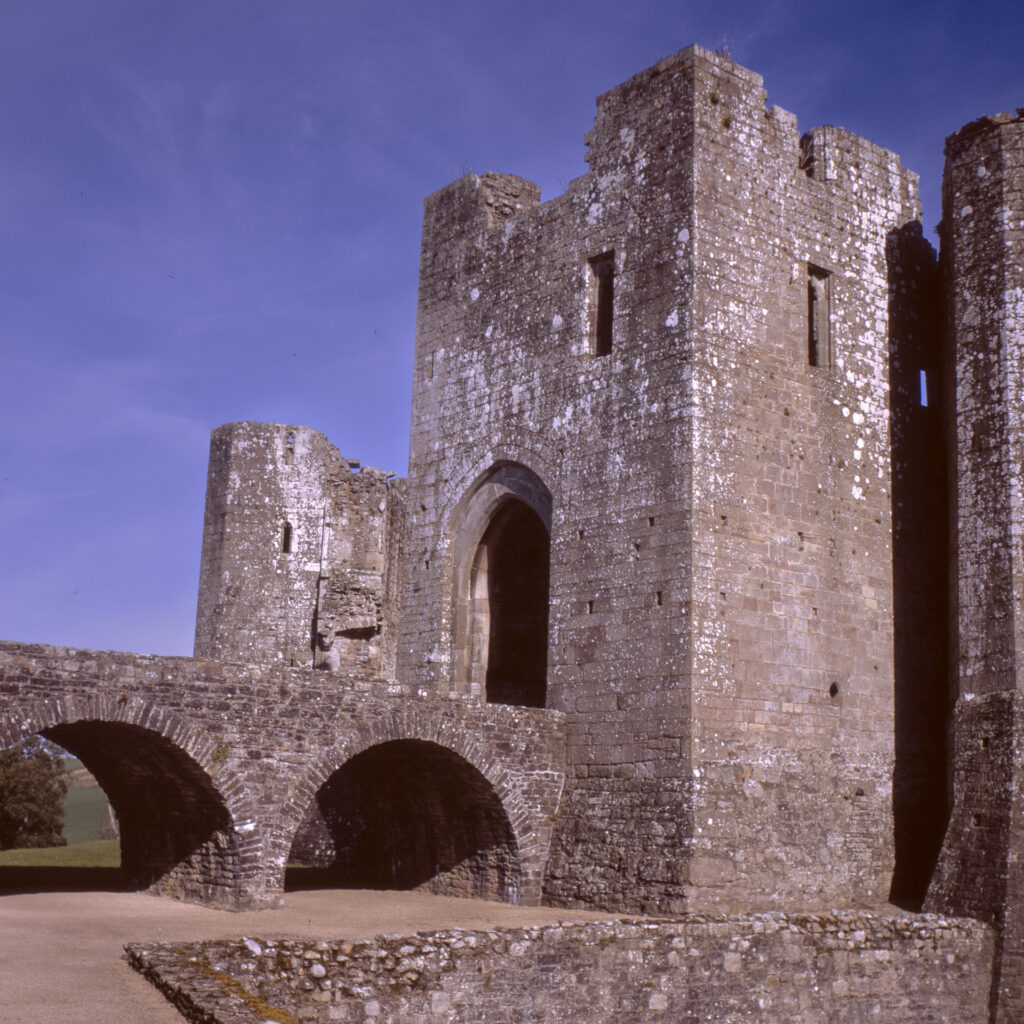
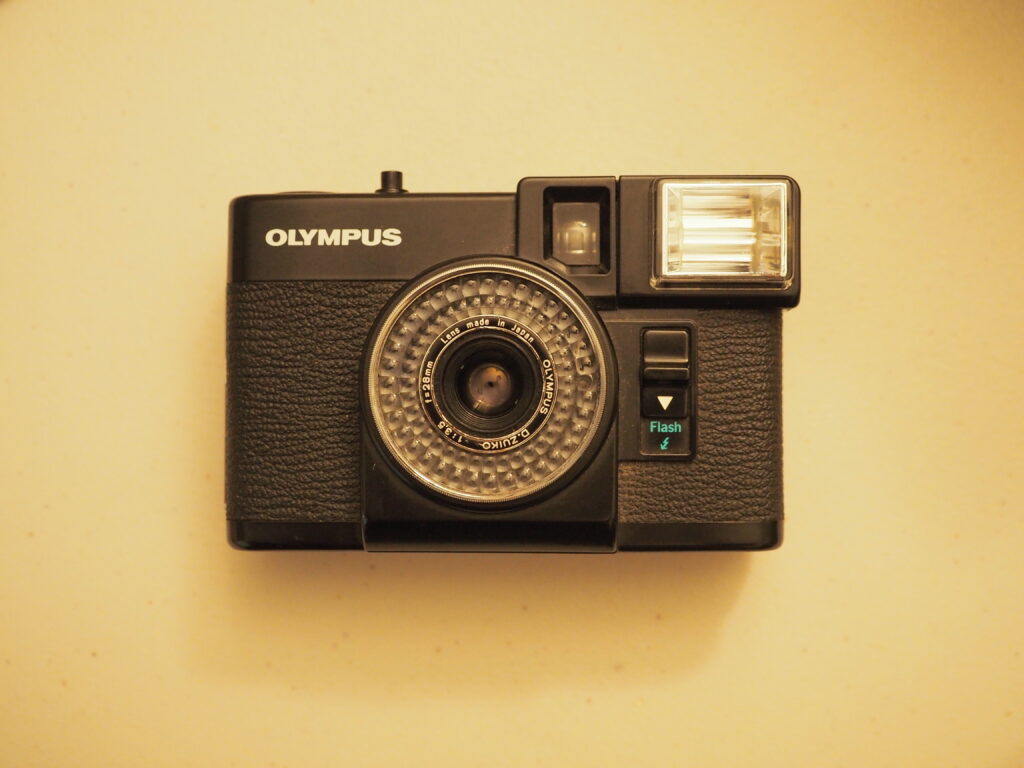





Comments
Faraz on 5 Frames with Fuji Velvia 50 and an Olympus OM-1 – By Ben Kepka
Comment posted: 19/06/2019
Comment posted: 19/06/2019
John Bennett on 5 Frames with Fuji Velvia 50 and an Olympus OM-1 – By Ben Kepka
Comment posted: 19/06/2019
One thing, though: The Olympus OM-1n wasn't a consumer-grade camera. It was designed for professionals, as well as experienced amateurs. The late Jane Bown, among others, used the OM-1 to great effect.
The OM-10 was Olympus' consumer-grade camera.
Comment posted: 19/06/2019
Roger B. on 5 Frames with Fuji Velvia 50 and an Olympus OM-1 – By Ben Kepka
Comment posted: 19/06/2019
Comment posted: 19/06/2019
christian thompson on 5 Frames with Fuji Velvia 50 and an Olympus OM-1 – By Ben Kepka
Comment posted: 19/06/2019
I probably did 20 000 rolls of 120 velvia like that back in the day.????????
Comment posted: 19/06/2019
CJS on 5 Frames with Fuji Velvia 50 and an Olympus OM-1 – By Ben Kepka
Comment posted: 19/06/2019
Comment posted: 19/06/2019
Comment posted: 19/06/2019
John Murch on 5 Frames with Fuji Velvia 50 and an Olympus OM-1 – By Ben Kepka
Comment posted: 20/06/2019
Comment posted: 20/06/2019
Harry on 5 Frames with Fuji Velvia 50 and an Olympus OM-1 – By Ben Kepka
Comment posted: 20/06/2019
Comment posted: 20/06/2019
John Casteel on 5 Frames with Fuji Velvia 50 and an Olympus OM-1 – By Ben Kepka
Comment posted: 21/06/2019
James Northcote on 5 Frames with Fuji Velvia 50 and an Olympus OM-1 – By Ben Kepka
Comment posted: 21/06/2019
Rahat_si_pula on 5 Frames with Fuji Velvia 50 and an Olympus OM-1 – By Ben Kepka
Comment posted: 22/06/2019
Comment posted: 22/06/2019
Comment posted: 22/06/2019
Tejima Gajiro on 5 Frames with Fuji Velvia 50 and an Olympus OM-1 – By Ben Kepka
Comment posted: 02/11/2019
But what really amazes me is the quality of scans. Can you share the scan process for this slide film?
Comment posted: 02/11/2019
Ted Ayre on 5 Frames with Fuji Velvia 50 and an Olympus OM-1 – By Ben Kepka
Comment posted: 19/10/2022